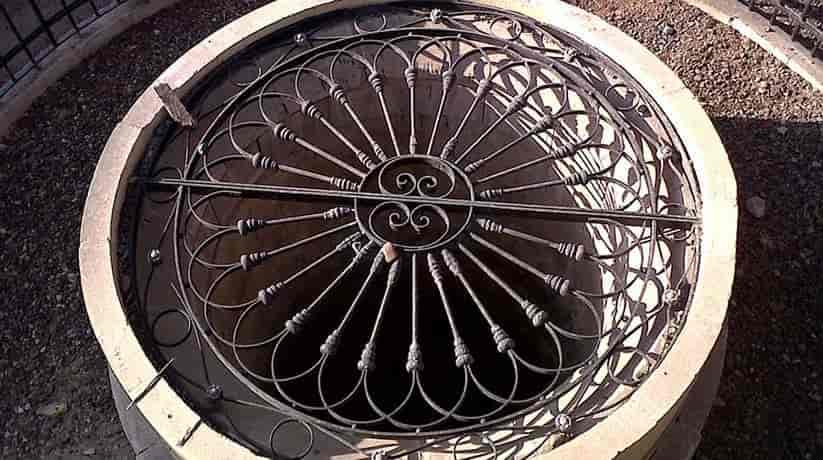Ben Ezra Synagogue Cairo, tours, booking, prices, reviews
Ben Ezra Synagogue Cairo sometimes referred as the El-Genizah Synagogue. It also called the Synagogue of the Palestinians. In fact, Ben Ezra Synagogue Cairo situated in Old Cairo, Egypt. According to local tradition, it located on the site where baby Moses found. The land of the synagogue purchased in 882 CE for 20,000 dinars by Abraham ibn Ezra of Jerusalem. This was the synagogue whose Geniza or store room found in the 19th century. Moreover, it contains a treasure of abandoned Hebrew secular and sacred manuscripts. Furthermore, The collection known as the Cairo Geniza. It brought to Cambridge, England at the instigation of Solomon Schechter. Furthermore, it now divided between several academic libraries.
In fact, the Cairo Geniza is a collection of some 210,000 Jewish manuscript fragments. They found in the Genizah or storeroom of the Ben Ezra Synagogue Cairo in Fustat or Old Cairo in Egypt. Moreover, some extra fragments found in the Basatin cemetery east of Old Cairo. The collection includes some old documents bought in Cairo in the later 19th century. In fact, it now dispersed among some libraries. They are like libraries of Cambridge University and the University of Manchester. The first European to note the collection was Simon van Gelderen. He visited the synagogue and reported about the Genizah in 1752 or 1753.
Further details about Ben Ezra Synagogue in Cairo (El-Genizah):
In 1864 the traveler and scholar Jacob Saphir visited Ben Ezra Synagogue Cairo. He explored the Genizah for two days. Moreover, he did not identify any specific item of significance. Furthermore, he suggested that valuable items might be in store. In 1896 English travelers returned from Egypt with fragments from the Genizah. They are Agnes S. Lewis and Margaret D. Gibson. They considered to be of interest and showed them to Solomon Schechter at Cambridge. Schechter, already aware of the Genizah but not of its significance. He immediately recognized the importance of the material. Moreover, he later went to Egypt, acquired many documents. He brought the contents of the Genizah to and popular attention.
In fact, the Genizah fragments now archived in various libraries around the world. The Taylor-Schechter collection at Cambridge has the largest single collection. It is 193,000 fragments (137,000 shelf-marks). Moreover, there are a further 31,000 fragments at the Jewish Theological Seminary of America. John Rylands University Library in Manchester holds a collection of over 11,000 fragments. They currently digitized and uploaded to an online archive. In fact, these documents written from about 870 AD to as late as 1880. The normal practice for genizot (pl. of geniza) was to remove the contents and bury them in a cemetery. Many of these documents written in the Aramaic language using the Hebrew alphabet.
More details about Ben Ezra Synagogue Cairo:
As Hebrew considered the language of God by the Jews. The Hebrew script to be the literal writing of God, the texts could not destroyed. That is even long after they had served their purpose. Jews who wrote the materials in the Geniza were familiar with the culture and language of their contemporary society. The documents are invaluable as evidence for how colloquial Arabic spoken and understood. Moreover, they also prove that the Jewish creators of the documents were part of their society. They practiced the same trades as their Muslim and Christian neighbors. This is including farming; they bought, sold, and rented properties.
In fact, the importance of these materials is for reconstructing the social and economic history. It was for the period between 950 and 1250 which cannot overemphasized. Judaic scholar Shelomo Dov Goitein created an index for this period. It covers about 35,000 individuals. This included about 350 prominent people. Among them are Maimonides and his son Abraham. 200 “better known families”, and mentions of 450 professions and 450 goods.
















